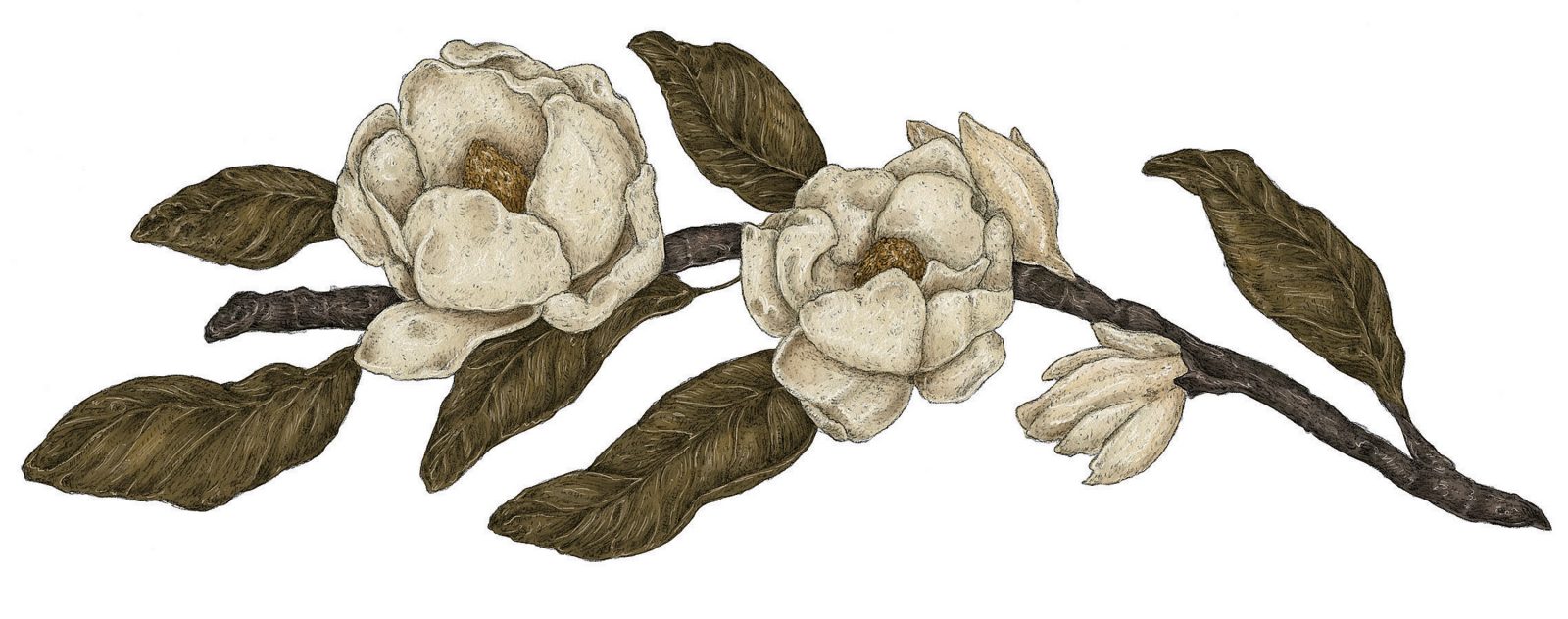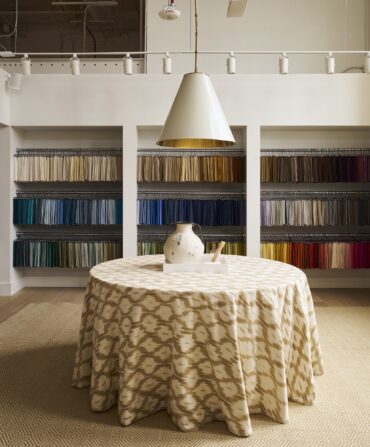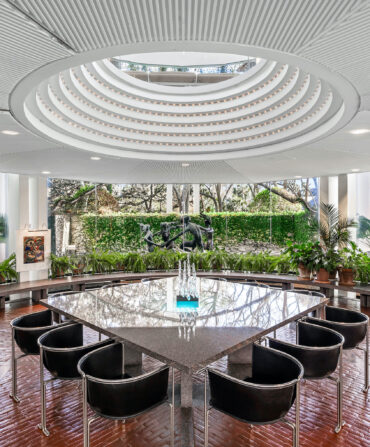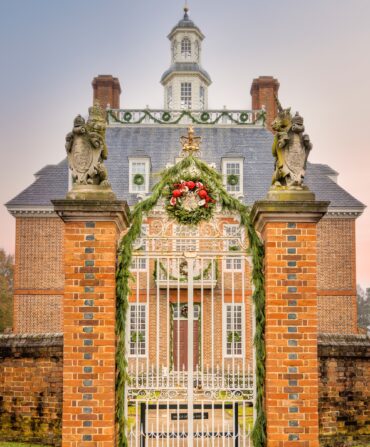Gardens
The Scent of the Magnolia
A love letter to the fragrant South
Editor’s note: The following originally appeared in the April/May 2015 issue of Garden & Gun. It was later included in the G&G book S Is for Southern: A Guide to the South, from Absinthe to Zydeco. A compendium of Southern life and culture, the book contains nearly five hundred entries spanning every letter of the alphabet.
“Well, how are you, Magnolia? Looking pretty as ever,” my uncle always greeted a woman whose name he could not remember. (Men were designated “Coach.”) “Magnolia,” of course, speaks metaphoric volumes: It heralds the woman as a flower of the South, as mysterious and beautiful, her skin flawless; it acknowledges her fragrant allure. And that flower of the South knew full well that my uncle had no idea what her name was.
Magnolia grandiflora, a true native. Does any other flower have quite the mystique? The California poppy, the Washington cherry, the Texas bluebonnet? Not a chance. They lack a perfumeas strong as knockout drops, they lack the magnitude of the creamy tight buds that open into face-size blossoms of extravagant beauty, and they lack gravitas. At the first funeral I ever attended, a full-open magnolia blossom lay on top of the gleaming, dark wood coffin. One was enough.

Illustration: Illustrations by Jessica Roux
When I lived for many years in California, the lost scents of the South haunted me most. Anytime I returned, I’d find myself outside after dinner, listening to the screeching chorus of tree frogs and night birds, just breathing in the layers of sweet, dank, fecund air. To me, moonlight smells like honeysuckle. When I was small, my bicycle leaned behind a big mother gardenia against the red barn. Cycling reminds me of the cloying, decadent presence of those flowers that bruised brown when I touched the petals. I’m amazed when my scraggly daphne bush sends out heavenly blasts that no conjurer of scents ever came close to capturing in a bottle. Jasmine spreading around the front steps may be home for copperheads, but the narcotizing perfume rising to the porch compensates for that inconvenience.
I have all these scents and others in my North Carolina garden. When I bought this 1806 house, I acquired an immense garden of old roses. For a couple of late spring weeks these heritage roses send out delicate whiffs. Maybe it’s the names that transport me—Comtesse de Murinais, Clotilde Soupert, Albertine, Louise Odier. Here’s the atmosphere of Proust’s À la recherche du temps perdu right smack in the Piedmont pinewoods. All this fragrance of jasmine, honeysuckle, daphne, gardenia, rose—our magical scents, yes, but the truest Eau de South, I must insist, remains the magnolia.
The big tree is as primitive as anything in a rain forest: leaves with undersides like suede riding chaps, tough cones, low limbs grabbing the ground and sprouting, dense roots that crowd out anything that’s trying to grow. We have two towering magnolias, one far enough away from the house that the shed piles of tough leaves don’t bother me, the other too close to my bedroom window. Though it blocks light, I love the sunlight glossing the leaves, especially when they’re dusted with snow. And on a summer night when I raise the window, the soft, waxy sweetness of the ethereal flowers suffuses the room. That’s when I think, “Why live anywhere else, ever?”
S Is for Southern is available at Amazon, Fieldshop, Bookshop, and in bookstores everywhere.







